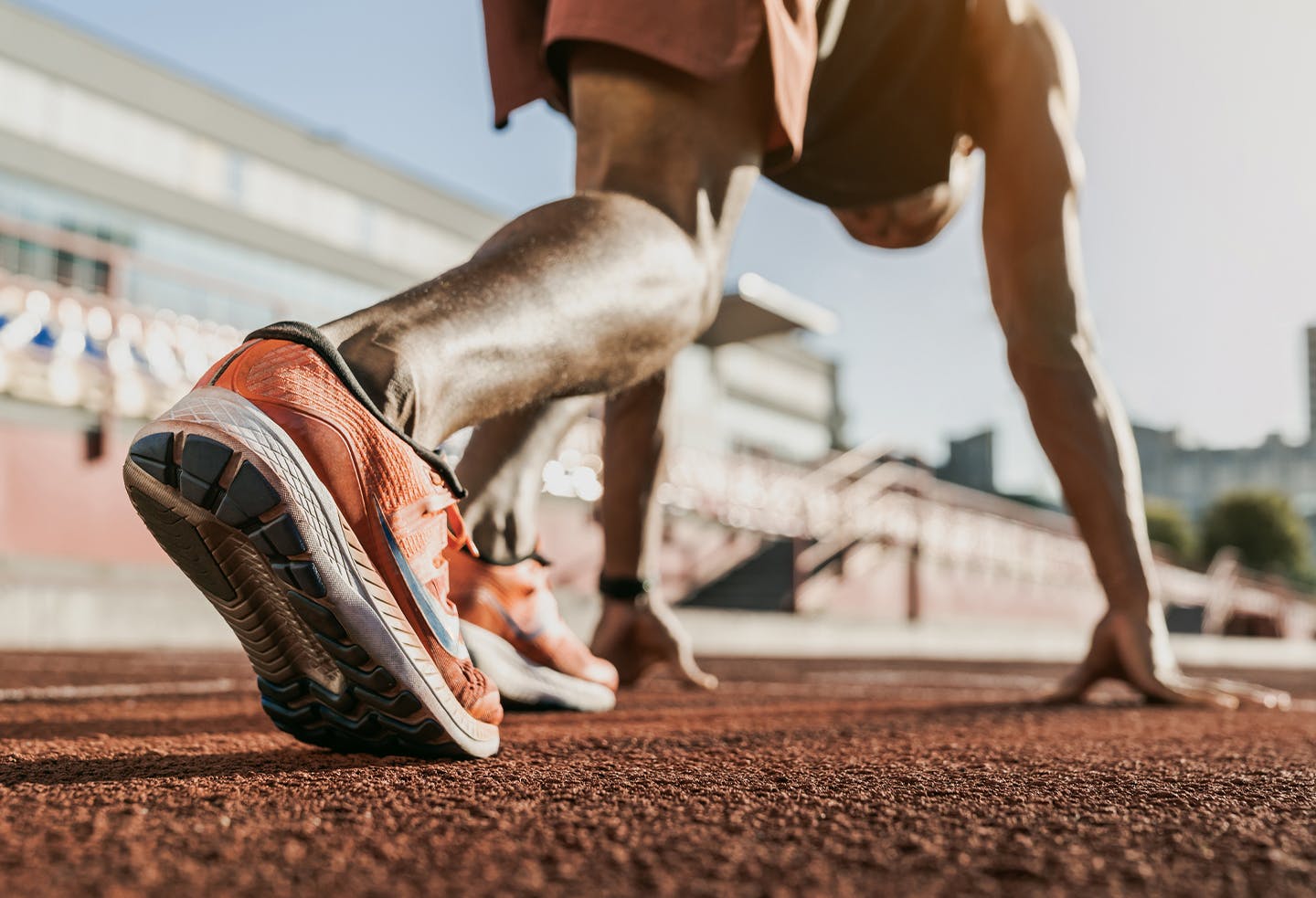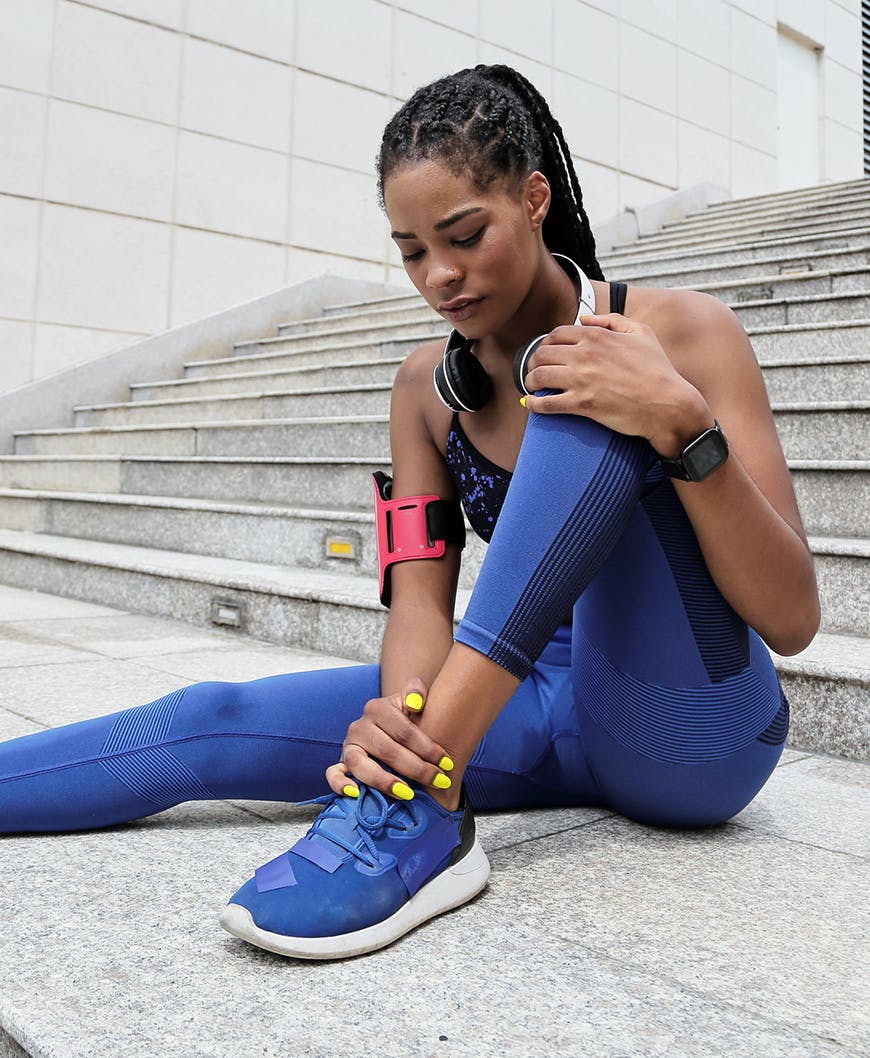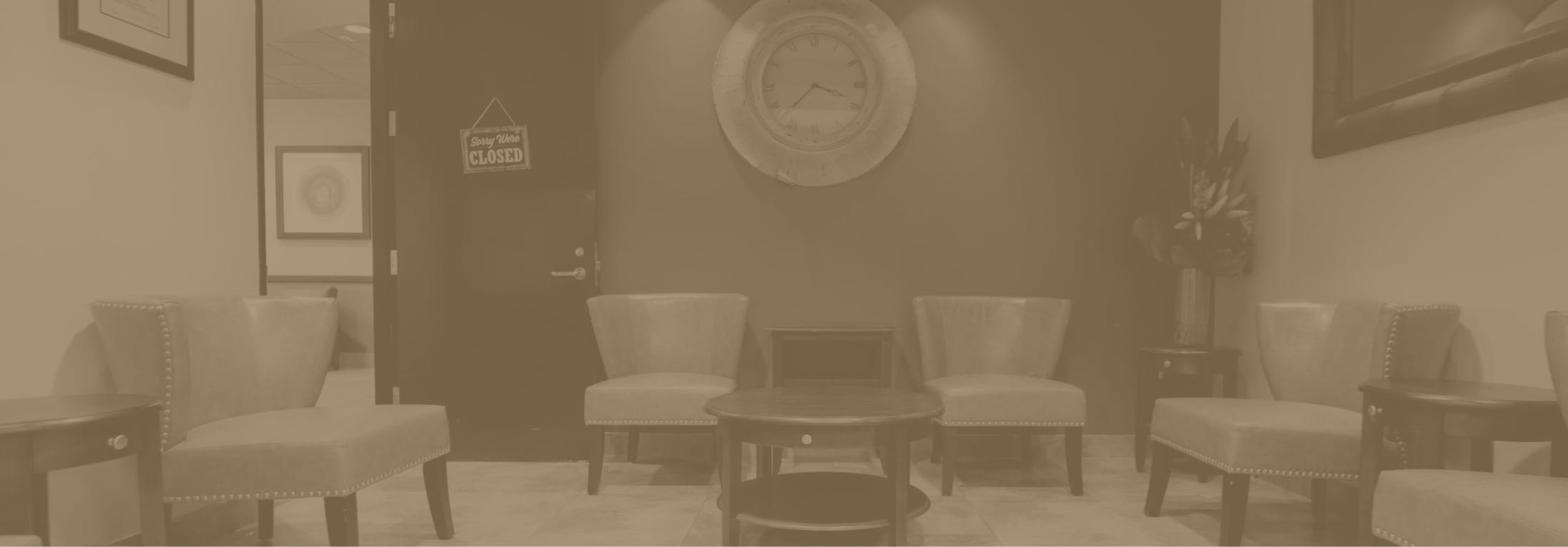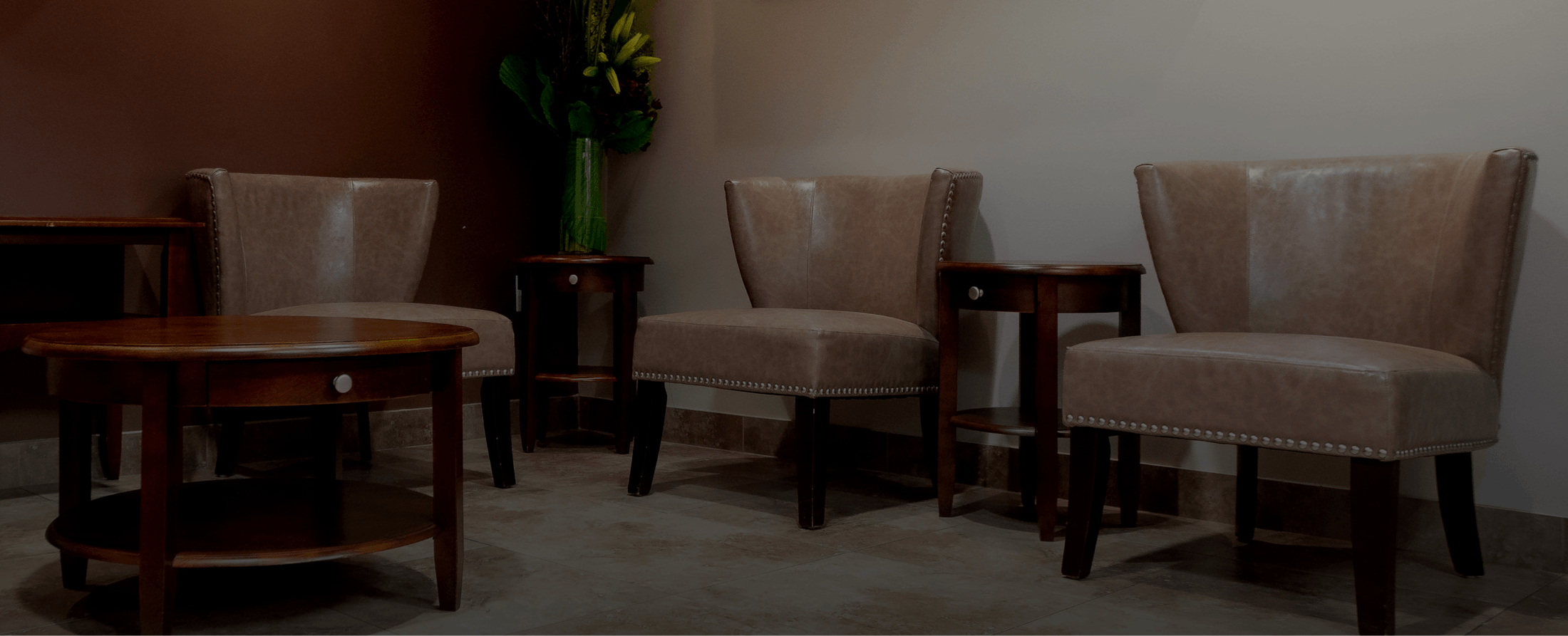Athlete’s foot is a common fungal infection that affects the skin of the feet. Fast foot fungus treatment in Rancho Santa Margarita is essential to prevent the infection from spreading or causing complications.
Why Trichophyton Turns Into Athlete’s Foot
Tight, thick shoes are the most common cause of athlete’s foot because they tend to make the feet warm and sweaty. This is the ideal environment for the trichophyton fungus. In addition, walking barefoot in public areas like locker rooms, swimming pools, and communal showers greatly increases the risk of becoming infected with athlete’s foot. Making contact with towels, shoes, and other items that are contaminated with the fungus can lead to infection as well. Our foot fungus treatment in Newport Beach can help handle athletes foot quickly and easily.










